
right click, and open in new tab to view the larger image
YAAAAAS
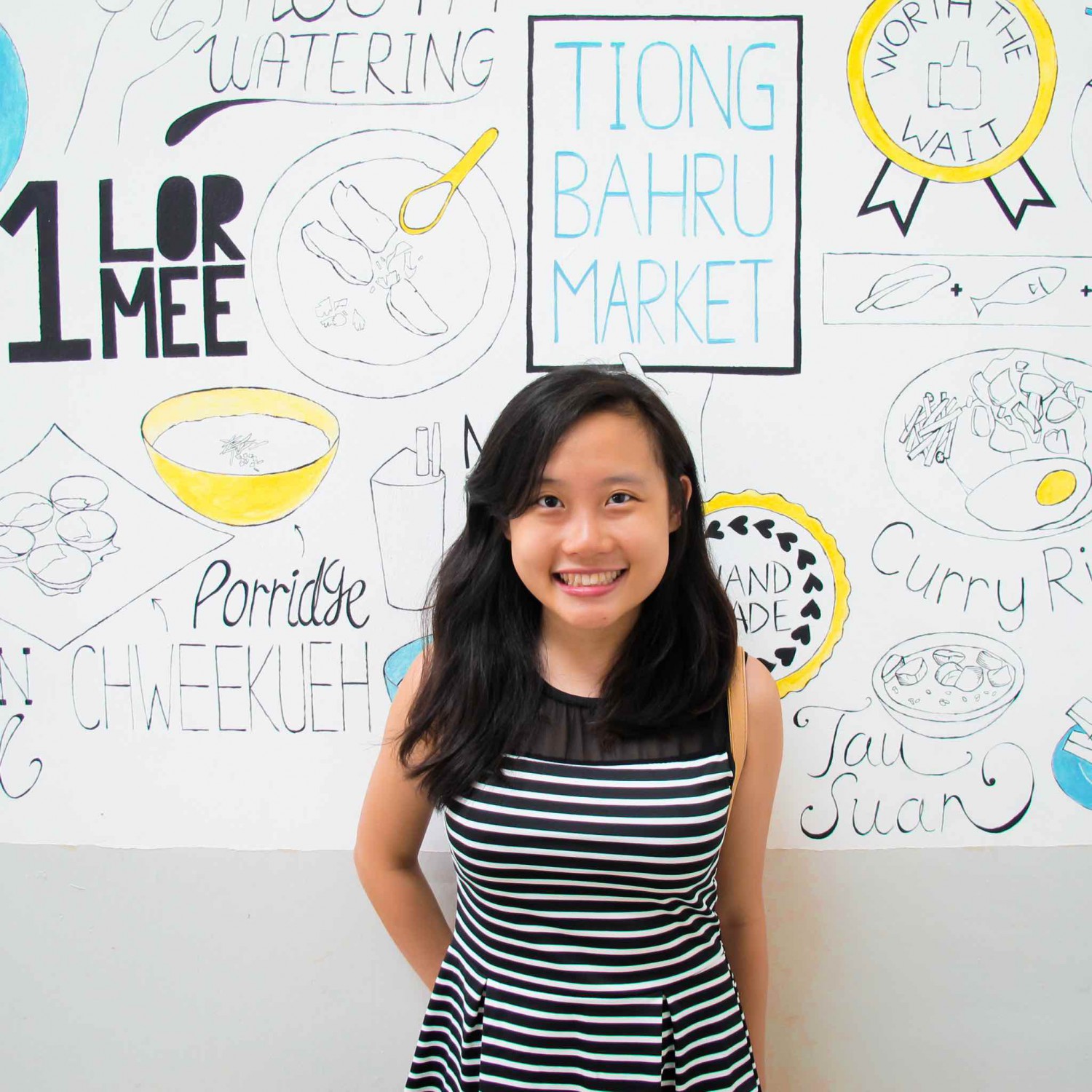

right click, and open in new tab to view the larger image
YAAAAAS
After talking to my friends, Hazmi, Ruzana, and Mai earlier today, I started to think of how to make my brand audit of cafes & restaurants in Singapore be more interesting and unique..
In my earlier dictionary list of words, I have the word EDUCATE. I want to educate non-designer people so that they also can have keener eyes on design. As for designers, they can also benefit from the exercise. The reviews gathered online/offline could be used as a reflection and learning opportunity for everyone,
For this Dictionary project, perhaps, it would be good also if I printed some flash cards with questions for someone to be able to pay more attention to the cafe/restaurant’s branding? Possible questions are:
For my FYP, it is a high possibility that I must make an app where people can review the design of a cafe/restaurant brand. At the same time, I will also publish a book containing my interview with cafe/restaurant owners/managers, speaking about their brands..
Resources to help my fyp:
Brand Guide: Singapore Edition is the first edition of the Brand Guide Series by Foreign Policy Design Group.
A documentation of the most progressive local brands & a celebration of the visionaries & designers behind them – it is filled with takeaways and anecdotes capturing the vision to fruition of each brand owner.
On 22 March 2016, I interviewed Phyo Wai Linn, assistant manager of Dancing Crab. Dancing Crab is a Louisiana Seafood restaurant. The one that I went to is at Orchard Central.
Some keywords that I gathered from interview and observation
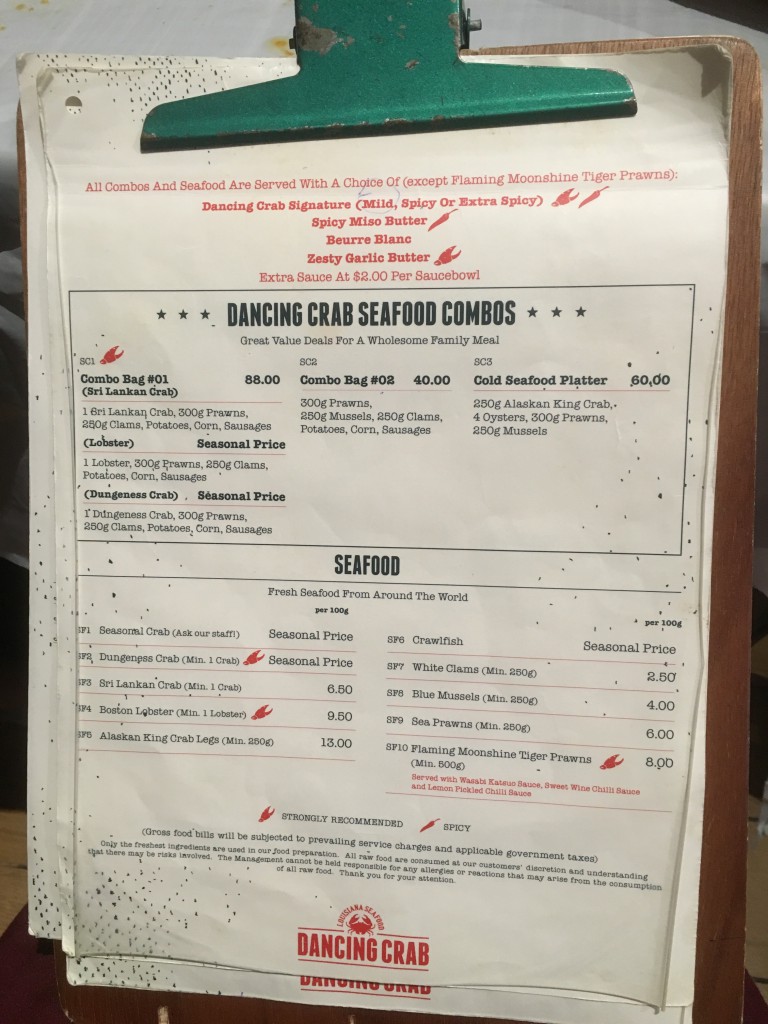
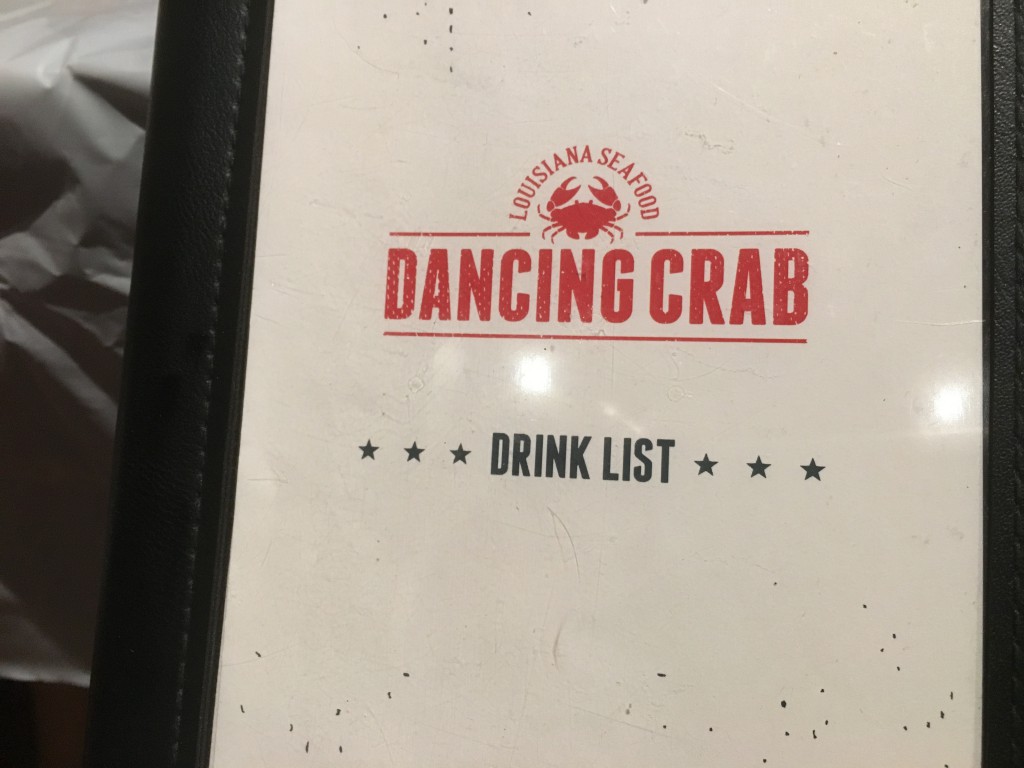
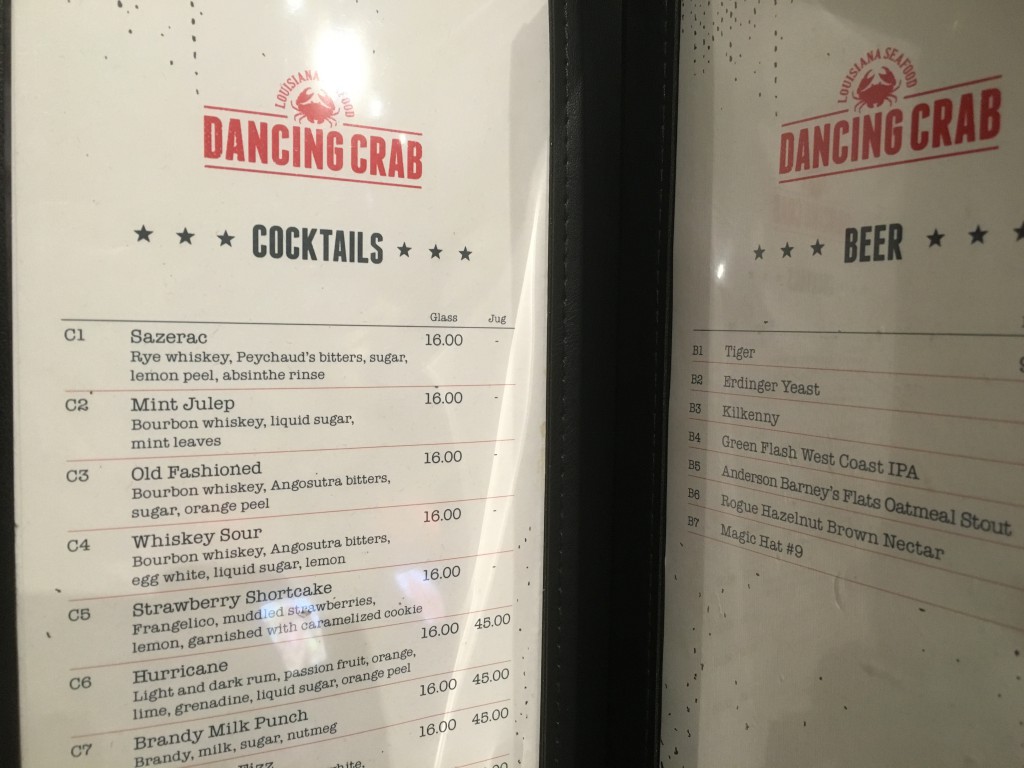

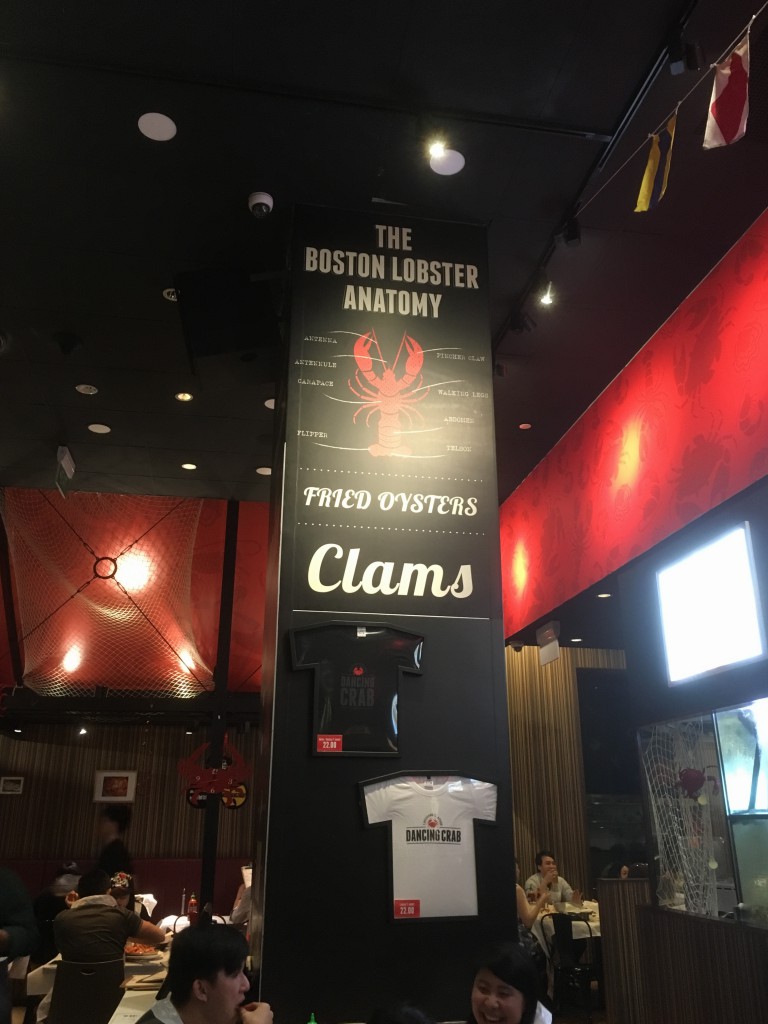
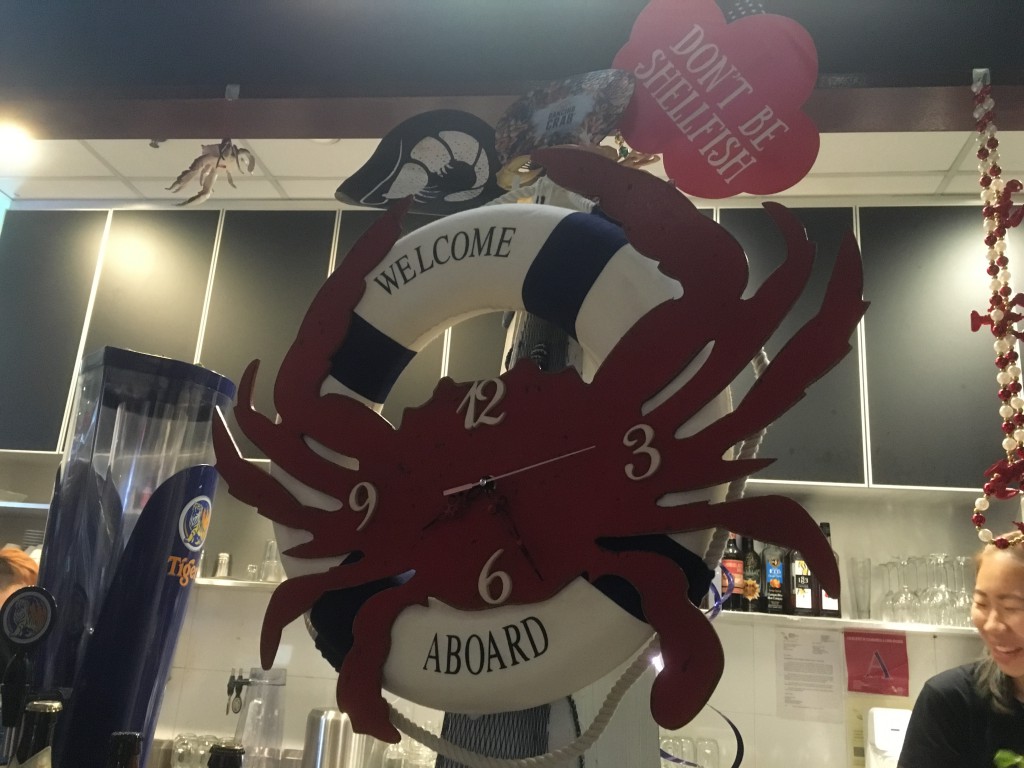
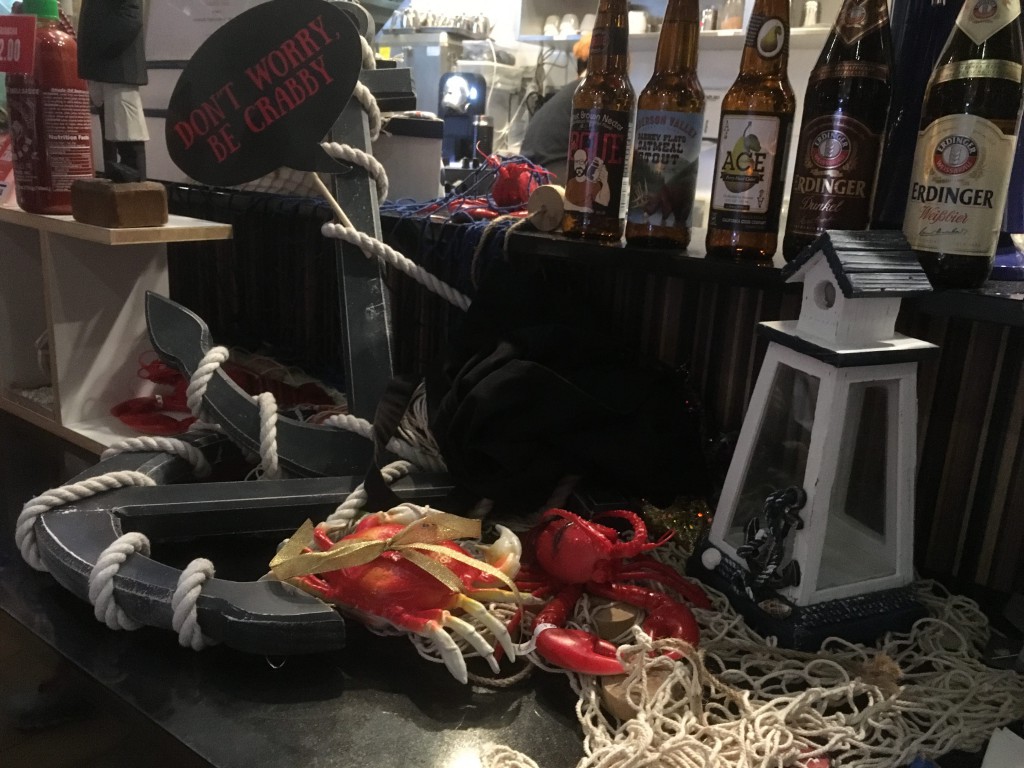
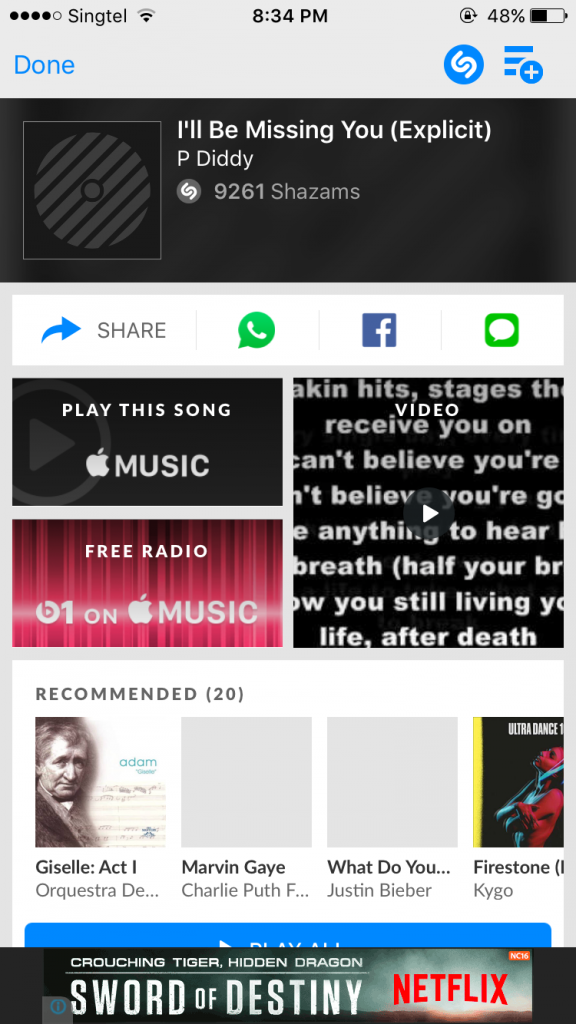
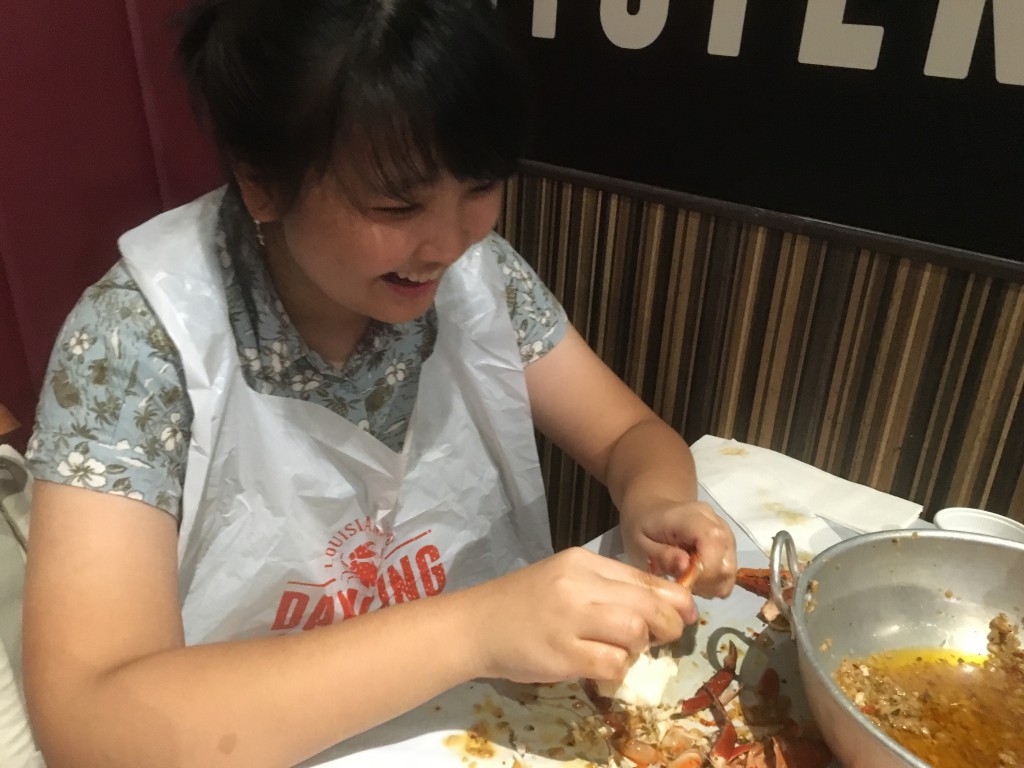
Reflection
Firstly, I was surprised that I did not feel that shy in approaching peopleeeeeeee!!! YAAASSSSS.
Anyway, I think that I am in the right direction for my FYP since I could learn more about branding in the direct field, and I could talk to a lot of people. One homework for me is to make my own name card to be exchanged with the people I will be in contact with.
Next, I was thinking of promoting the restaurants I went to on an Instagram account solely devoted to talk about the visual side of interesting cafes/restaurants/hawkers.
My Calendar project about Sungei Road Thieves’ Market is up on Behance! Click here for more high-res photos!
https://www.behance.net/gallery/35282389/Sungei-Road-Thieves-Market?
My list of words for my dictionary project
https://docs.google.com/document/d/1Xbnmf-TDzmFL_2t_rTCoV28OZq3zmdWondH_QVADf74/edit?usp=sharing
This whole process of gathering ambience sound, interview script, photo, and video of Sungei Road Thieves’ Market had me realized that time in Singapore is tracked through the memories of the people who have strong connection of the heritage site…
Conclusion: time, memory, people, and places are the meta keywords for time tracking.
This is my postcard that encompasses my result of data gathering this week, inspired by: http://www.dear-data.com
Dear Data is a year-long, analog data drawing project
by Giorgia Lupi and Stefanie Posavec. Continue reading
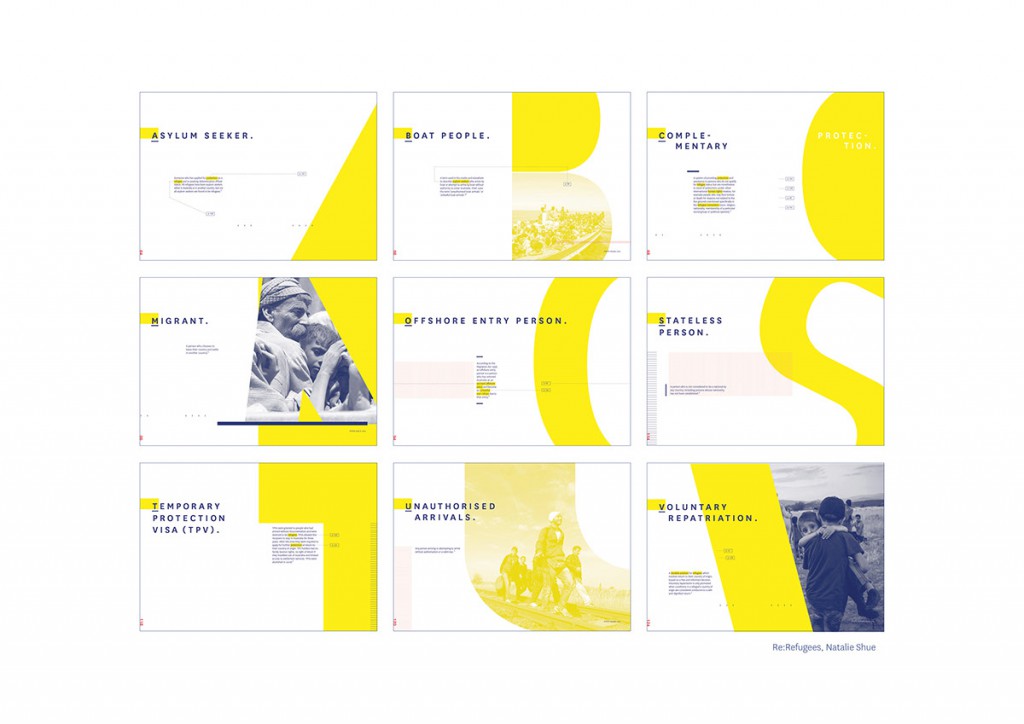
The circulation of myths and misinformation are significant barriers in understanding the issues concerning refugees and asylum seekers. It is a complex and delicate subject that can be difficult to approach, and much of this information is both restricted and misleading or misunderstood.
Re:Refugees is a two-part resource book educating us with the truth behind common myths and questions regarding refugees and asylum seekers and provides terminology frequently used in conversation, allowing us to understand the impact and power these words have. When informed with the truth, we gain clearer insight and a genuine understanding towards refugees, enabling us to appropriately respond to the realities of the refugee plight.This book is designed for aid workers or anyone interested in the field. I envisioned for it to be purchased online and could be supplied and distributed by NGOs to reach their networks and communities.
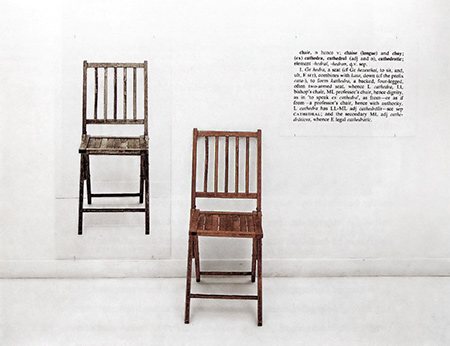
Joseph Kosuth – Tony Godfrey, Conceptual Art, London: 1998
‘One and Three Chairs’ (1965), by the U.S. artist, Joseph Kosuth. A key early work of Conceptual art by one of the movement’s most influential artists. Source: https://en.wikipedia.org/wiki/One_and_Three_Chairs#/media/File:Kosuth_OneAndThreeChairs.jpg
One and Three Chairs, 1965, is a work by Joseph Kosuth. An example of conceptual art, the piece consists of a chair, a photograph of the chair, and an enlarged dictionary definition of the word “chair”. The photograph depicts the chair as it is actually installed in the room, and thus the work changes each time it is installed in a new venue.
Two elements of the work remain constant: a copy of a dictionary definition of the word “chair” and a diagram with instructions for installation. Both bear Kosuth’s signature. Under the instructions, the installer is to choose a chair, place it before a wall, and take a photograph of the chair. This photo is to be enlarged to the size of the actual chair and placed on the wall to the left of the chair. Finally, a blow-up of the copy of the dictionary definition is to be hung to the right of the chair, its upper edge aligned with that of the photograph.
Source: https://en.wikipedia.org/wiki/One_and_Three_Chairs
Picture dictionaries when for those who are lost for words.